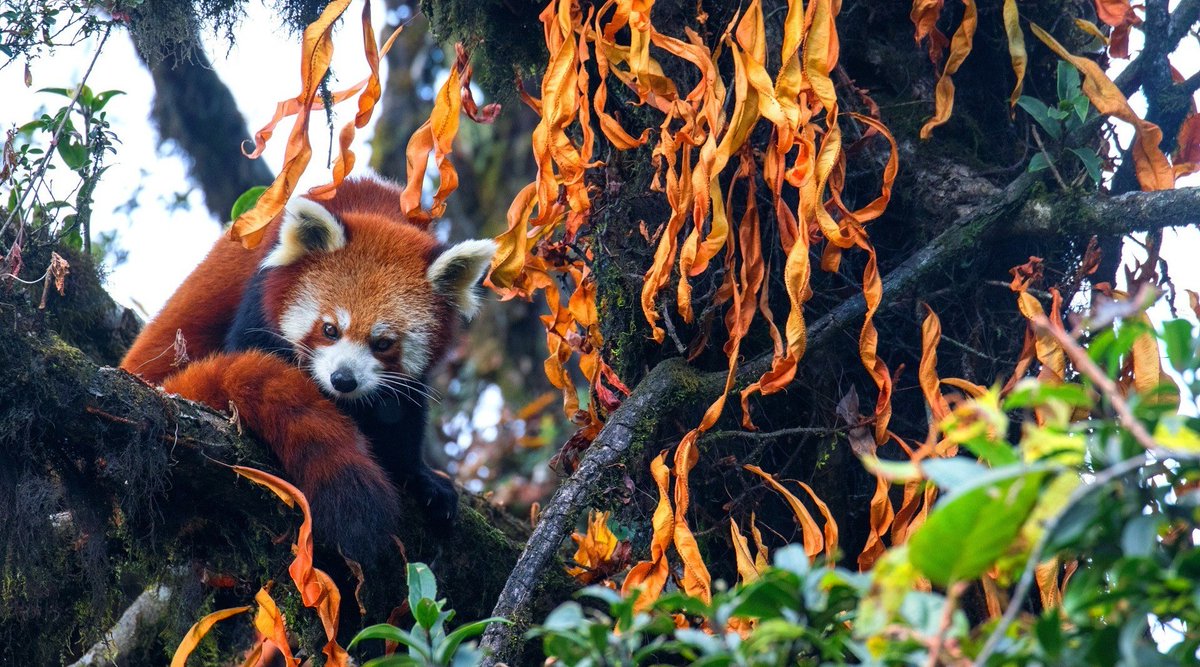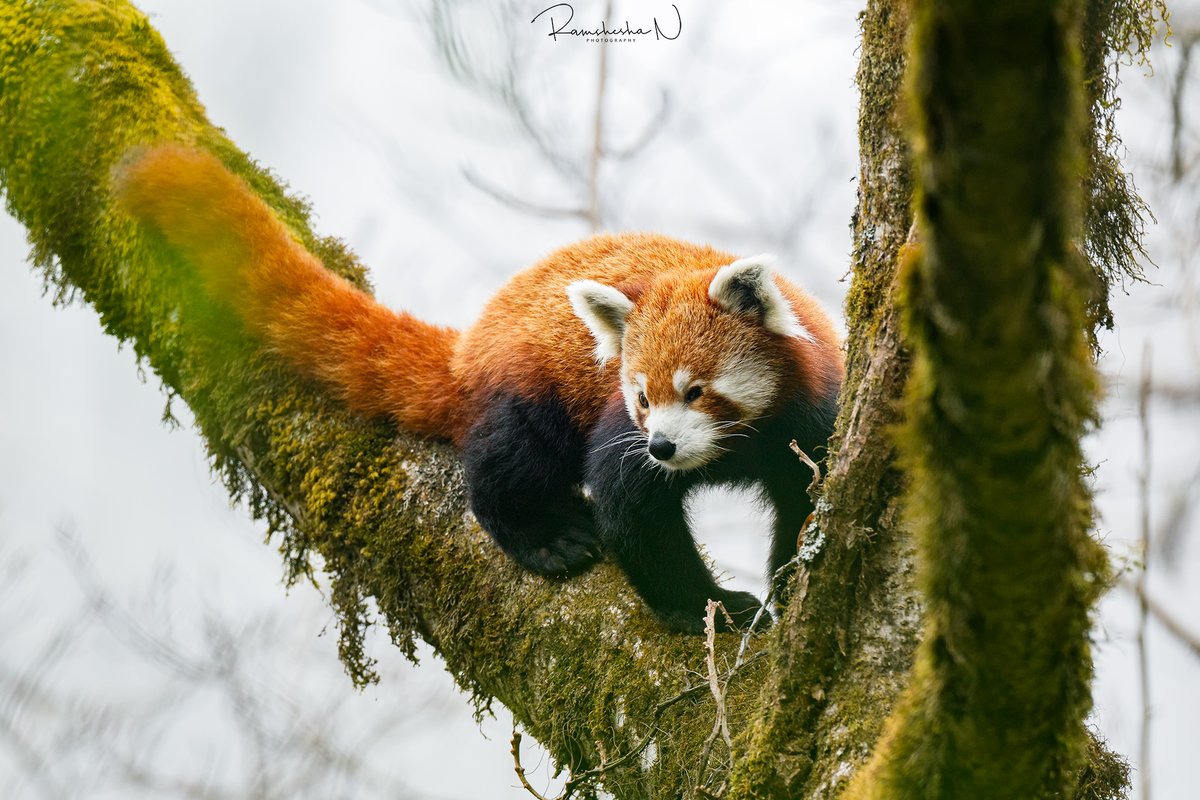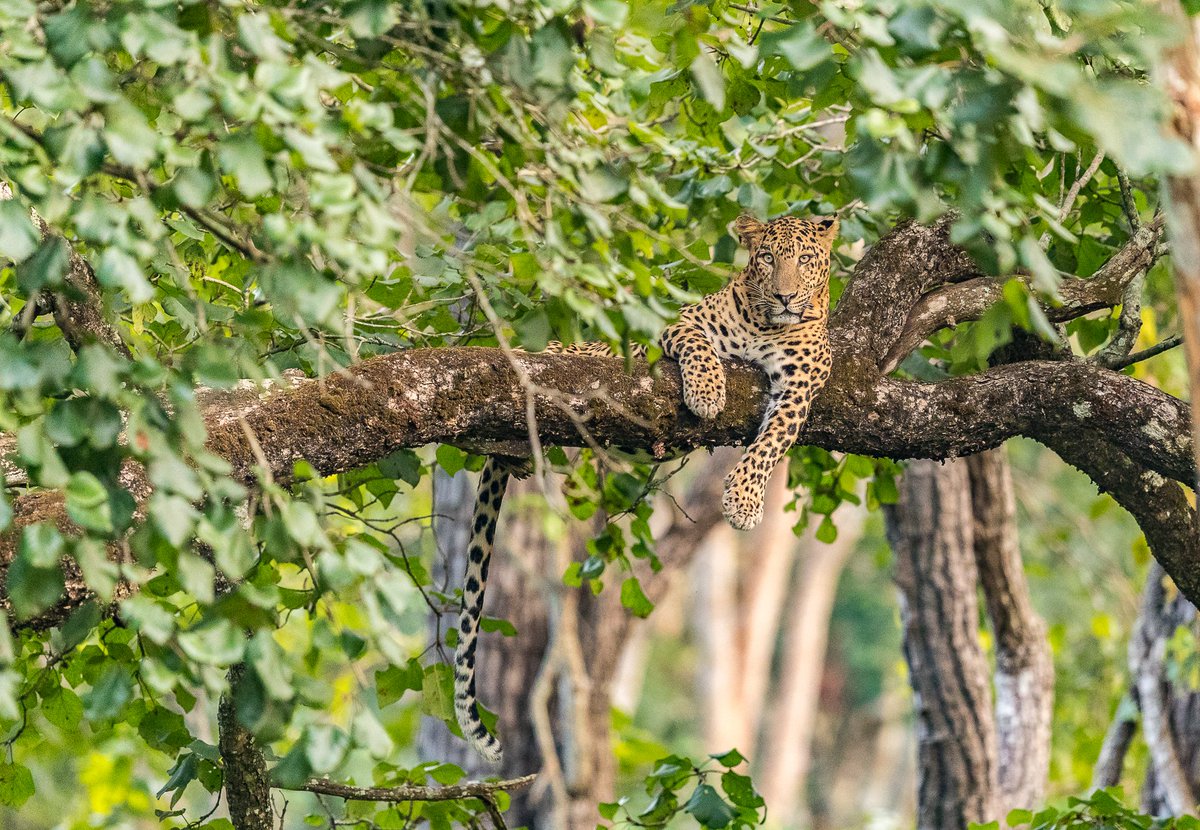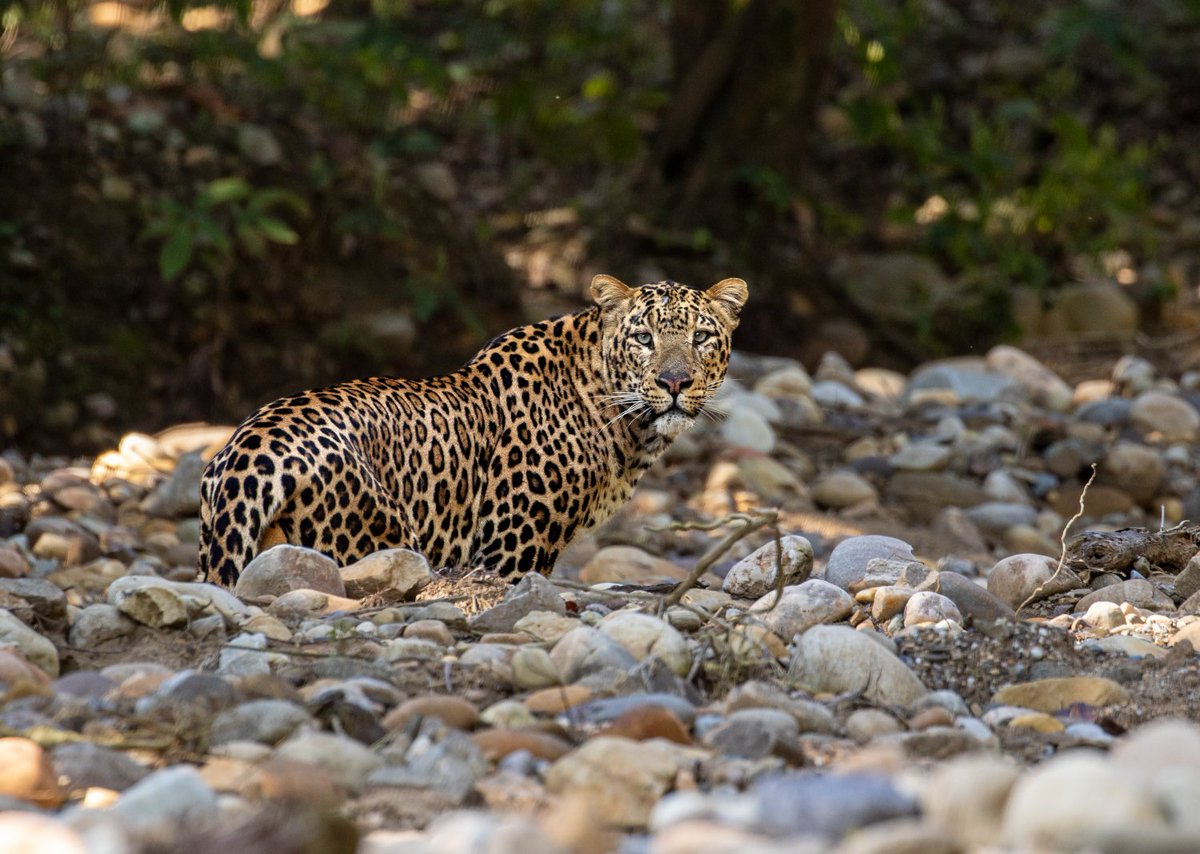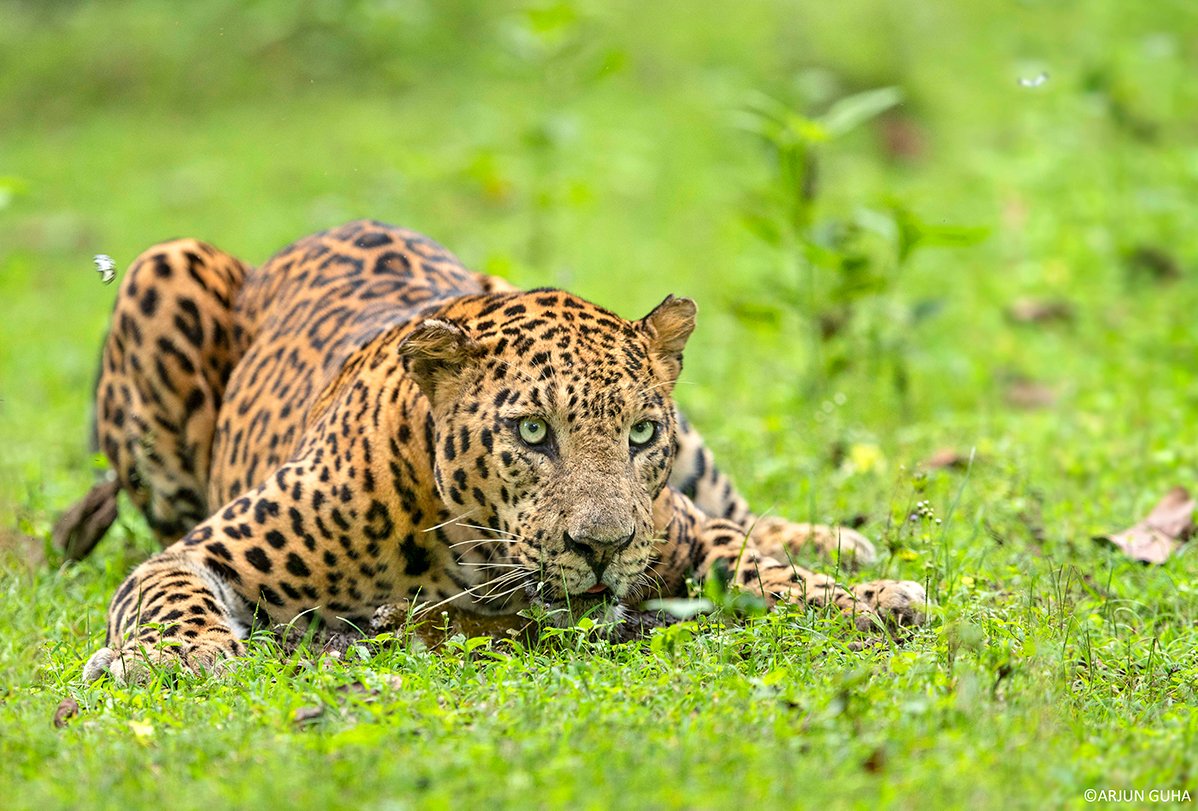Join us & share your hornbill images!
Rufous-necked Hornbills
📷Sarbajit Ghosh
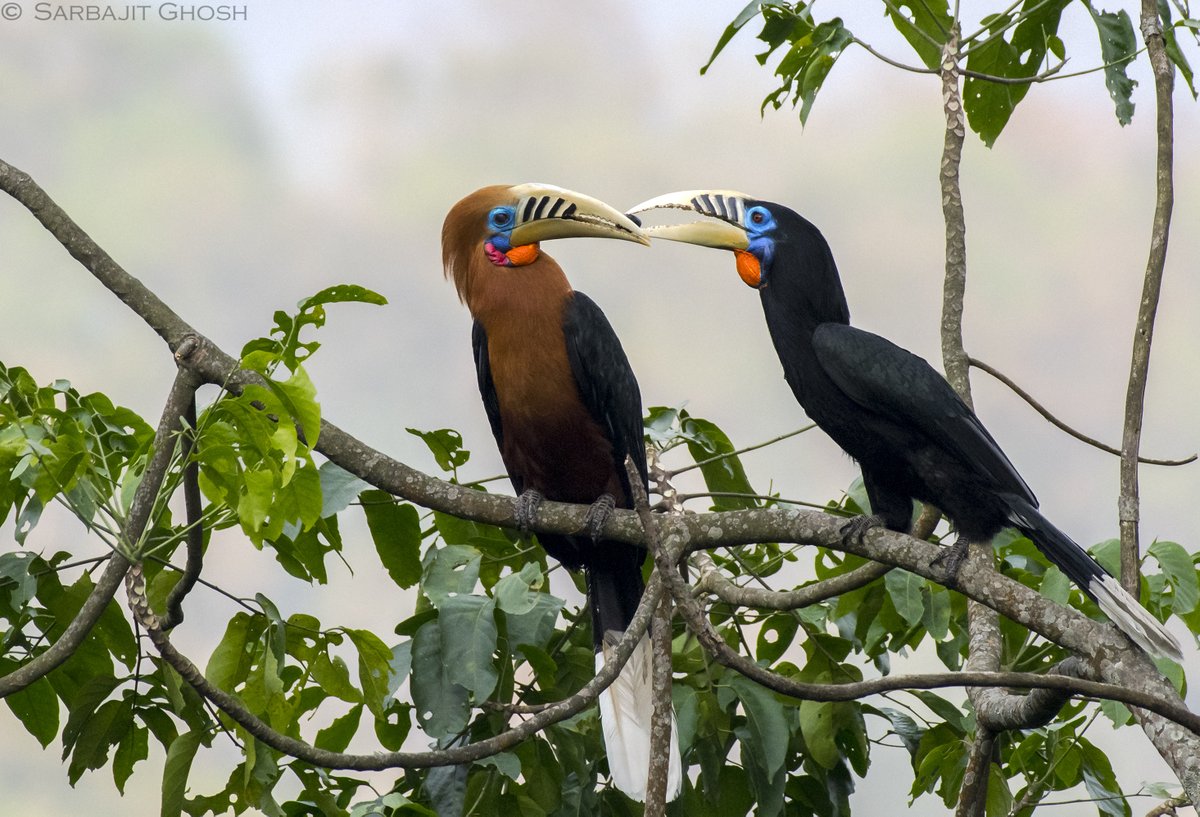
There are 62 #hornbill species in the world, with 32 in #Asia and 30 in #Africa.
#India is home to 9 of them including the #GreatHornbill, the #MalabarPiedHornbill and the #RufousNeckedHornbill.
Malabar Pied Hornbill
📷 @samyak15
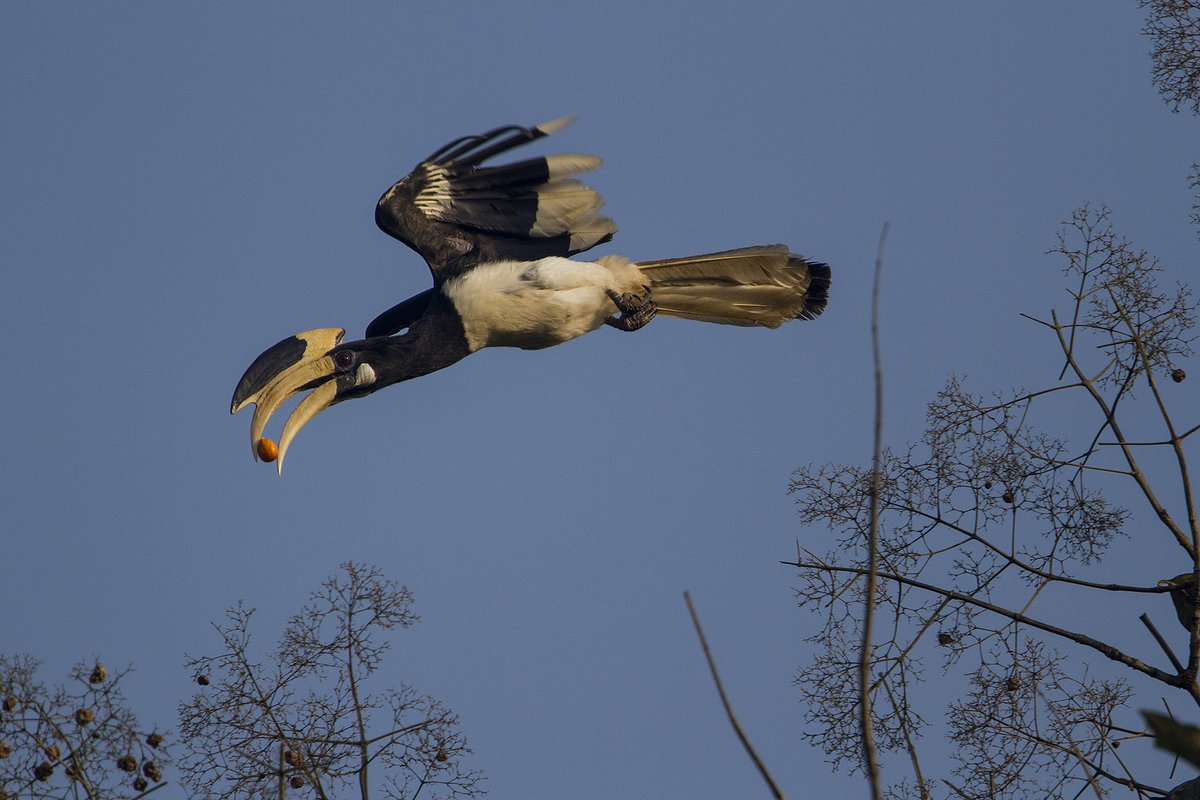
Several #hornbill species have a distinct #casque on their upper mandible. #GreatHornbills have a prominent #yellow and #black casque.
📷 Keya Das
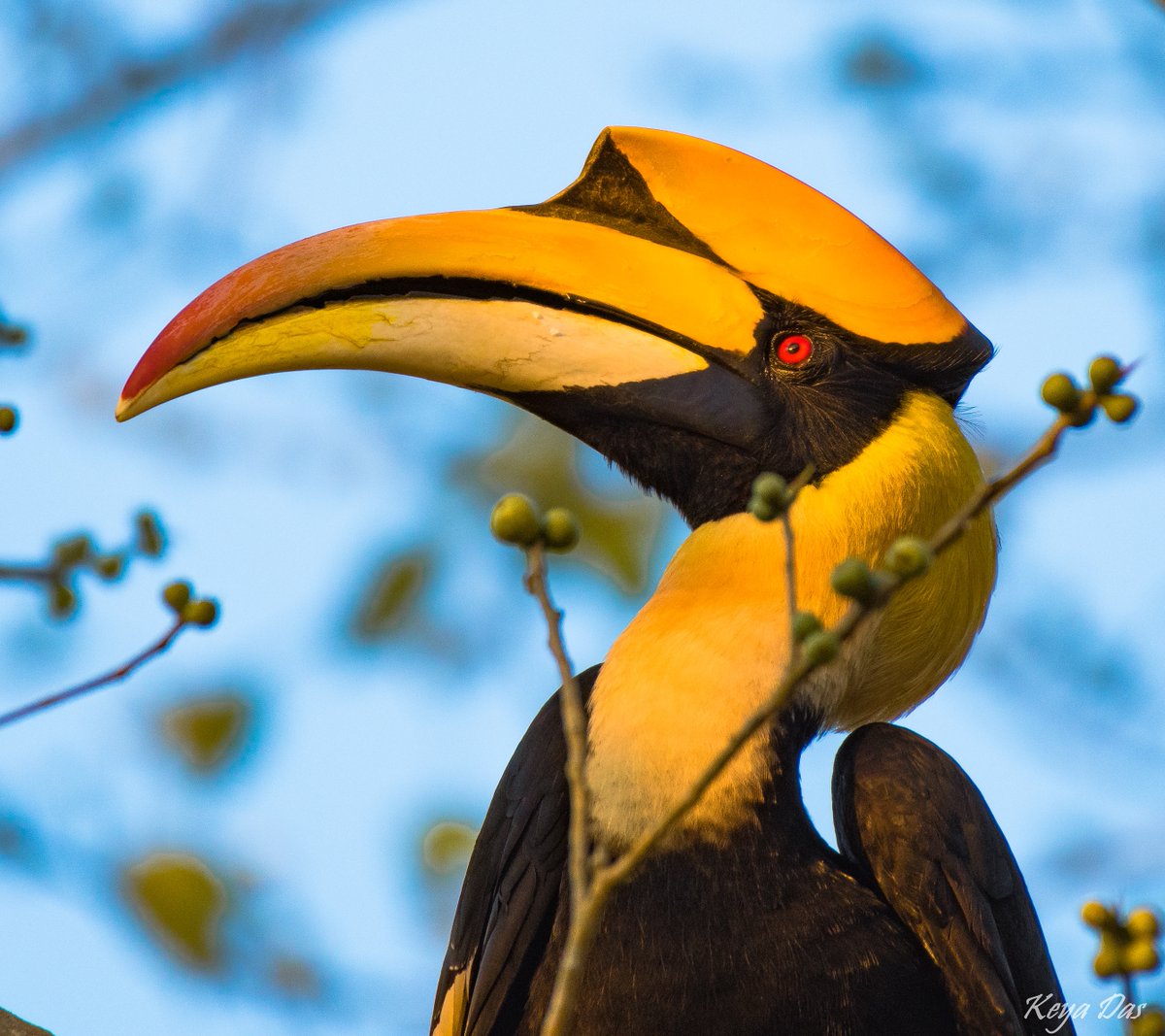
Mainly found in the #forests of the #WesternGhats and the #Himalayas, the #GreatHornbill or the Great Pied Hornbill is the largest among the #hornbills present in #India.
📷 Sandipan Ghosh
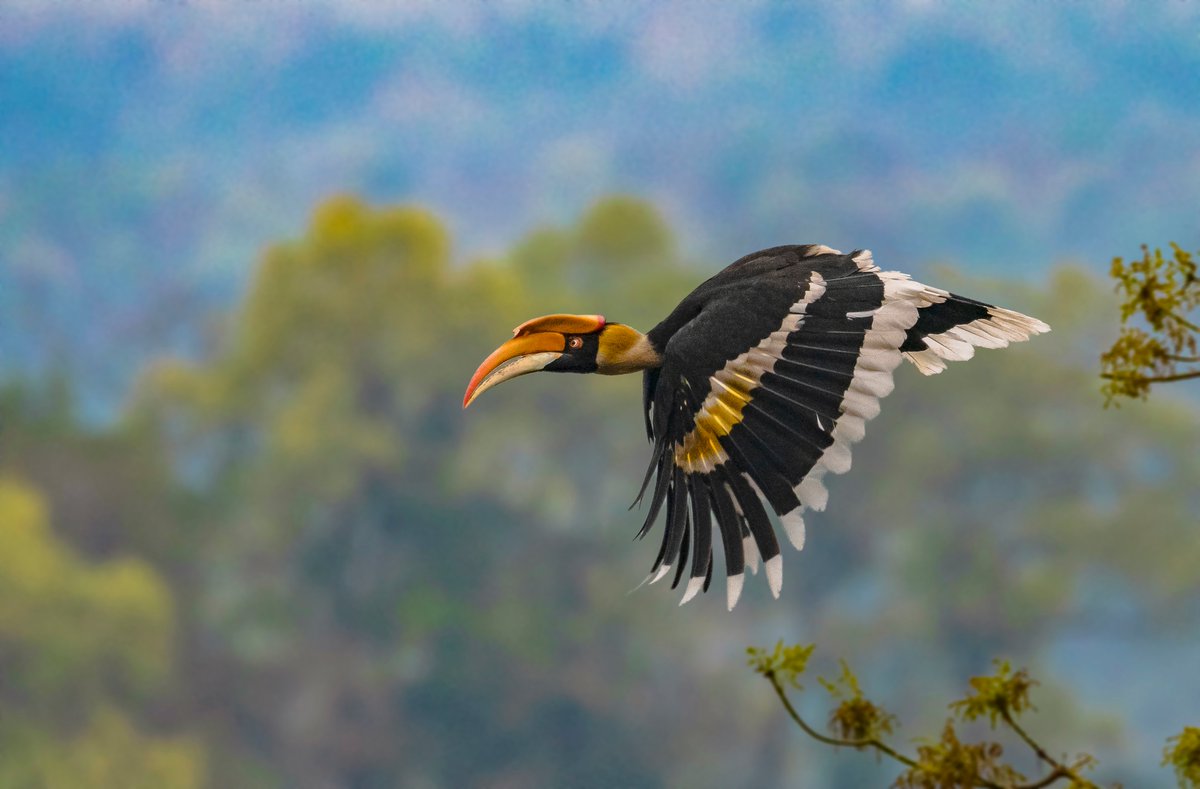
#GreatHornbills are mainly #frugivores, although they also feed on small #mammals and #birds. Here is a #hornbill tossing up a #JungleOwlet to eat and regurgitate later for its chick.
📷 Mainak Ray
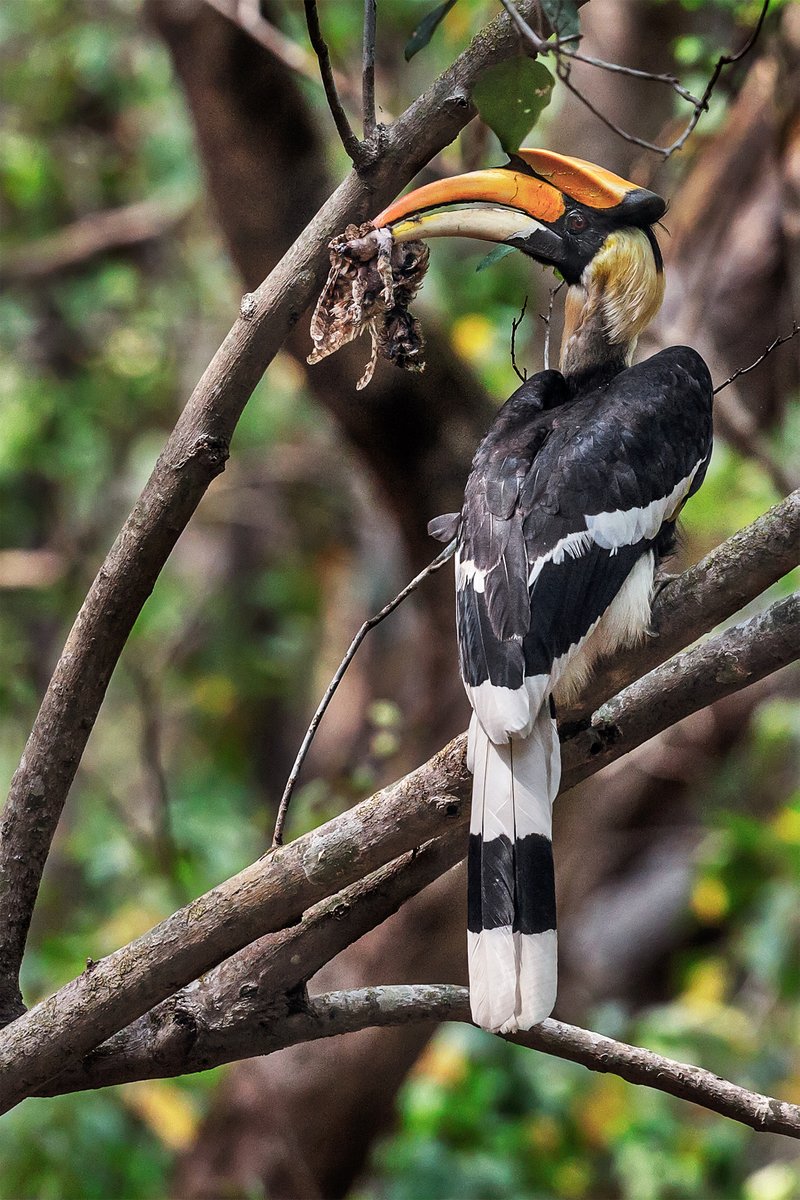
#MalabarPiedHornbills are endemic to evergreen #forests in #India and #SriLanka. Did you know that they feed on the fruits of Strychnos nux-vomica, which are toxic for many #vertebrates? Here’s one from #Dandeli, feeding on a #ficus fruit.
📷 Amit Chavan
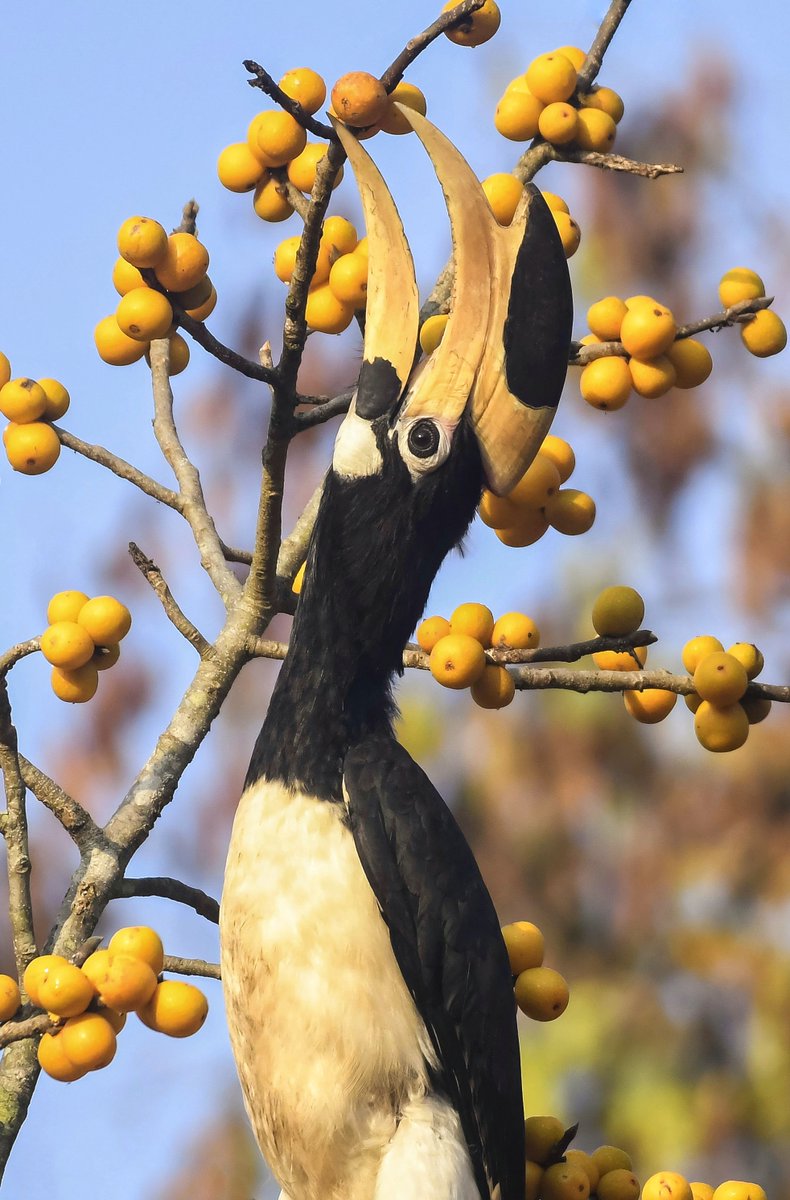
The #RufousNeckedHornbill is found in the north eastern part of #India, especially in #ArunachalPradesh. They have also been spotted in the Mahananda Wildlife Sanctuary, #WestBengal.
📷 Sarbajit Ghosh
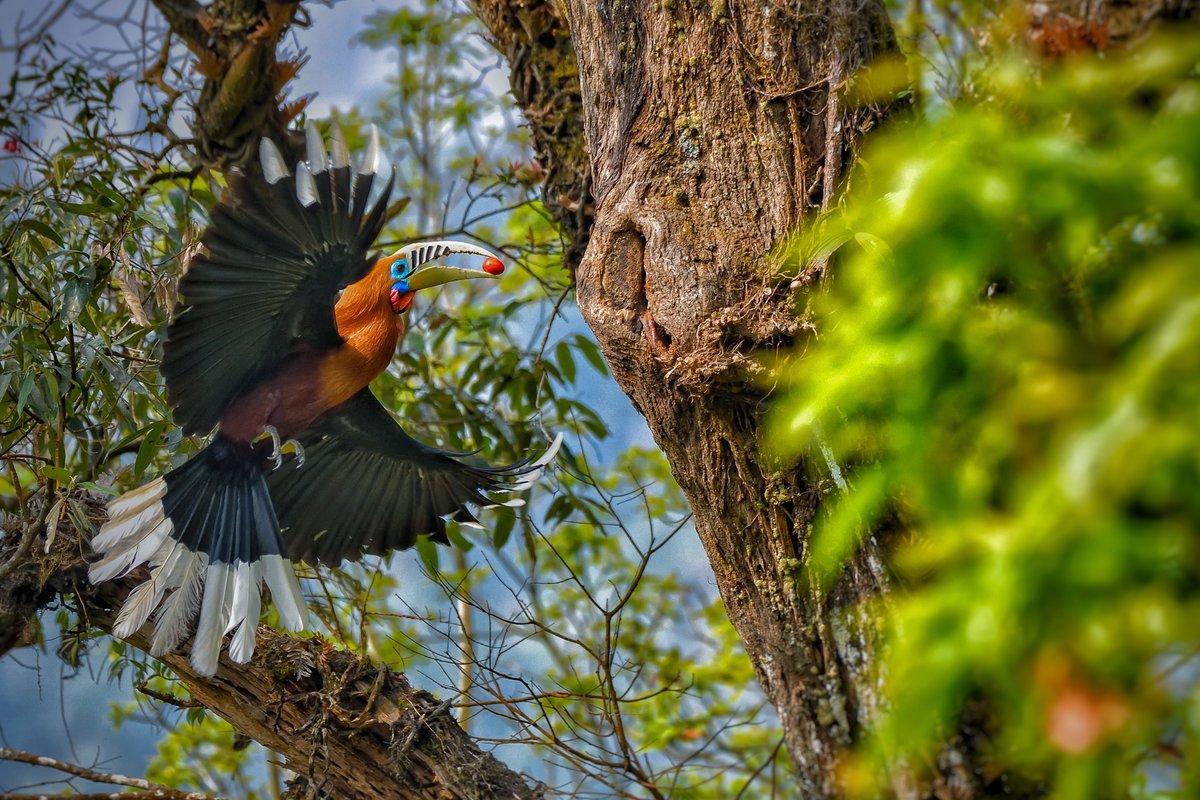
The #NarcondamHornbill is only found in a 12 square kilometre stretch in the evergreen #forest of the Narcondam #Island, #Andamans, and nowhere else in the world. Here’s one, feeding on #Ficus rumphii.
📷 Ranjan Bankhele
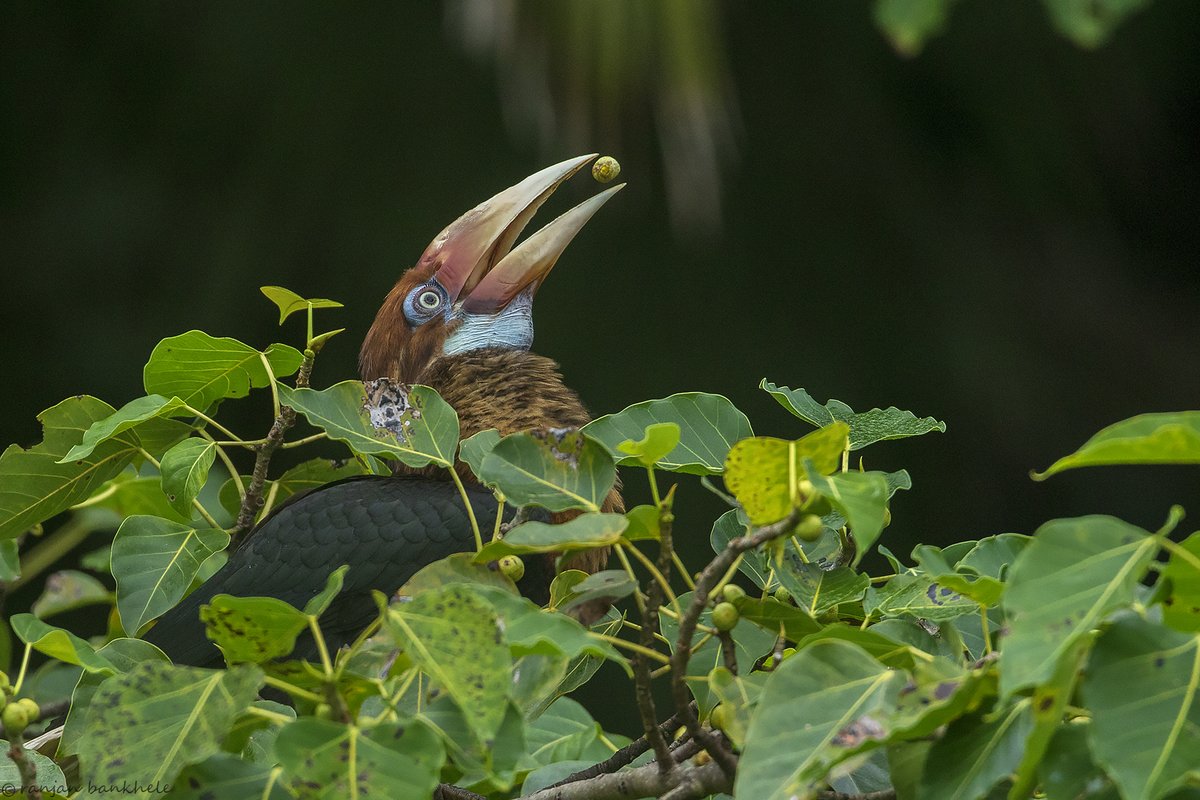
Meet the #IndianGreyHornbill, which is the most commonly seen #hornbill species in #India. The medium-sized bird is sometimes spotted in parts of #cities where there are old trees.
📷 Gopi Krishnamurthy
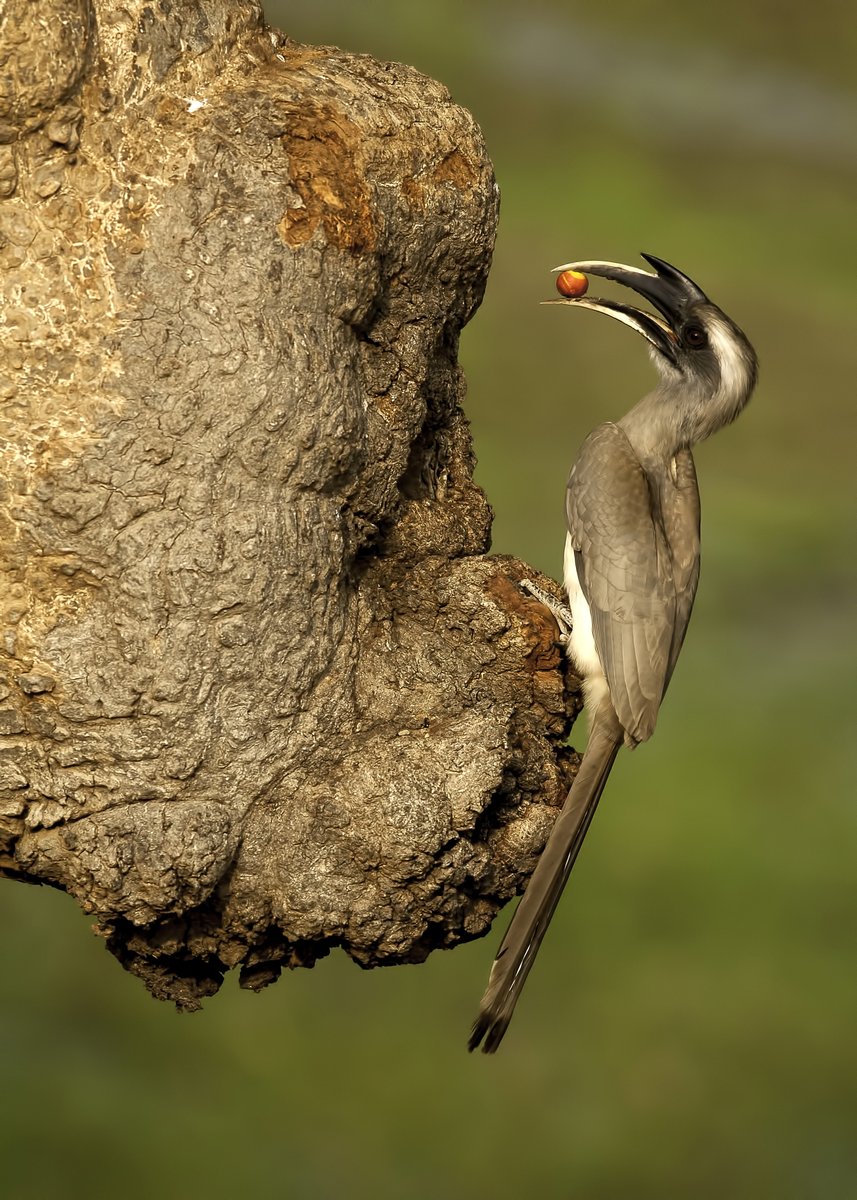
Here is a #MalabarGreyHornbill feeding on a #ficus fruit in #Dandeli, Karnataka. Hornbills feed throughout the day and visit many fruiting #trees, dispersing seeds en route. The presence of hornbills often indicates a #healthy ecosystem.
📷 Prajwal KM
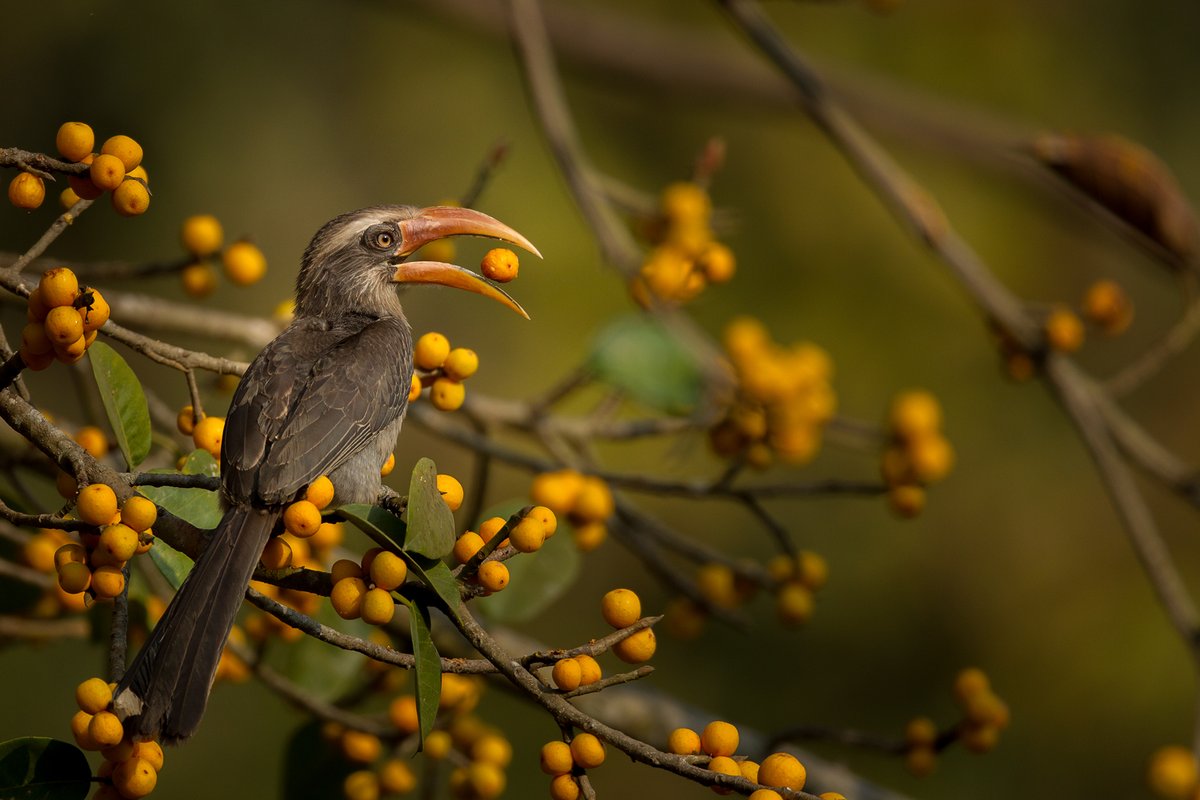
As part of a study to understand #plant #frugivore interactions, #researchers collected the seeds regurgitated by #hornbills from a roosting site in the fragmented lowland wet evergreen forests of Upper #Assam.
📷 Abir Jain
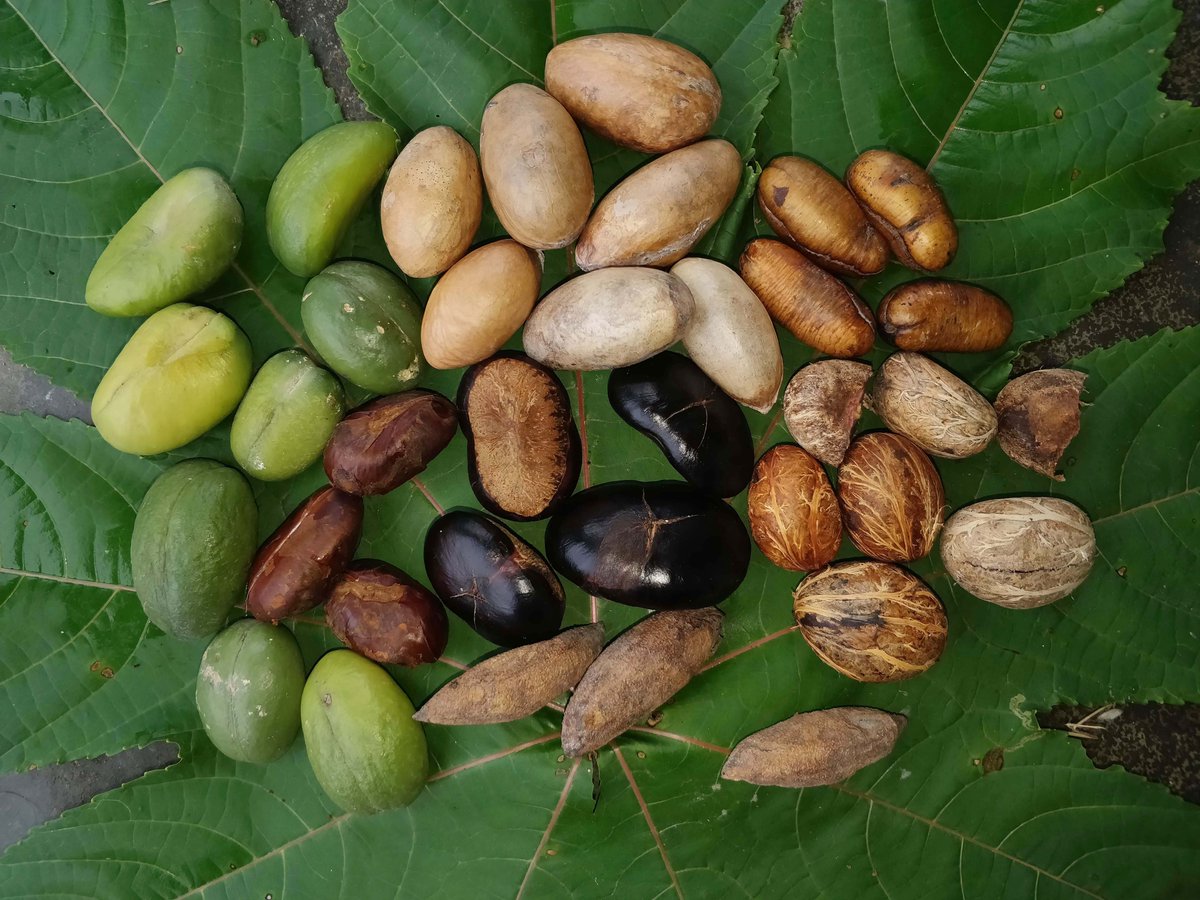
#Hornbills use the same nests over the years. During #nesting, the female seals herself in the nest cavity for 3-4 months, leaving only a slit open through which the male delivers food to her, and the chick.
Rufous-necked Hornbill
📷 Narendra Kumar Pandey
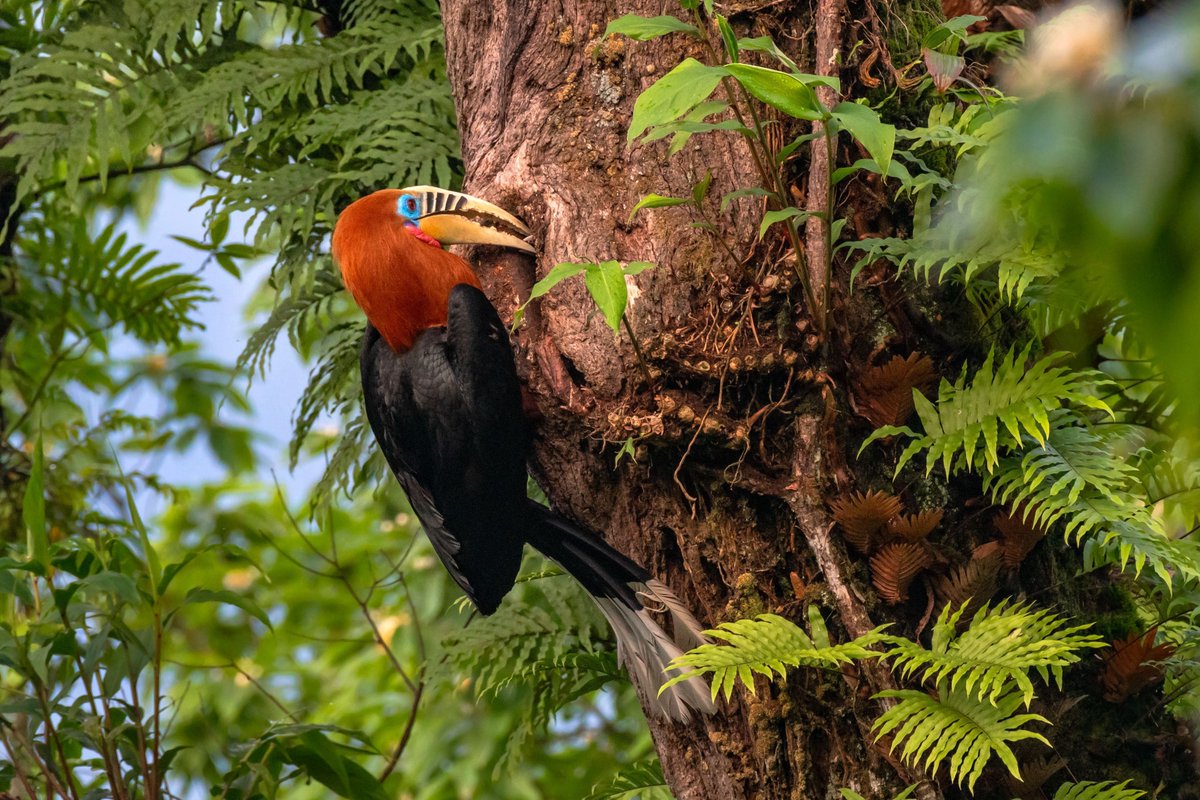
But the #farmers of our #forests rarely reap what they sow. Many #hornbill species are in danger as their habitats are destroyed by #fragmentation and clearance of forest regions for #agriculture and #dams.
Wreathed Hornbill
📷 Baishakhi Mazumder
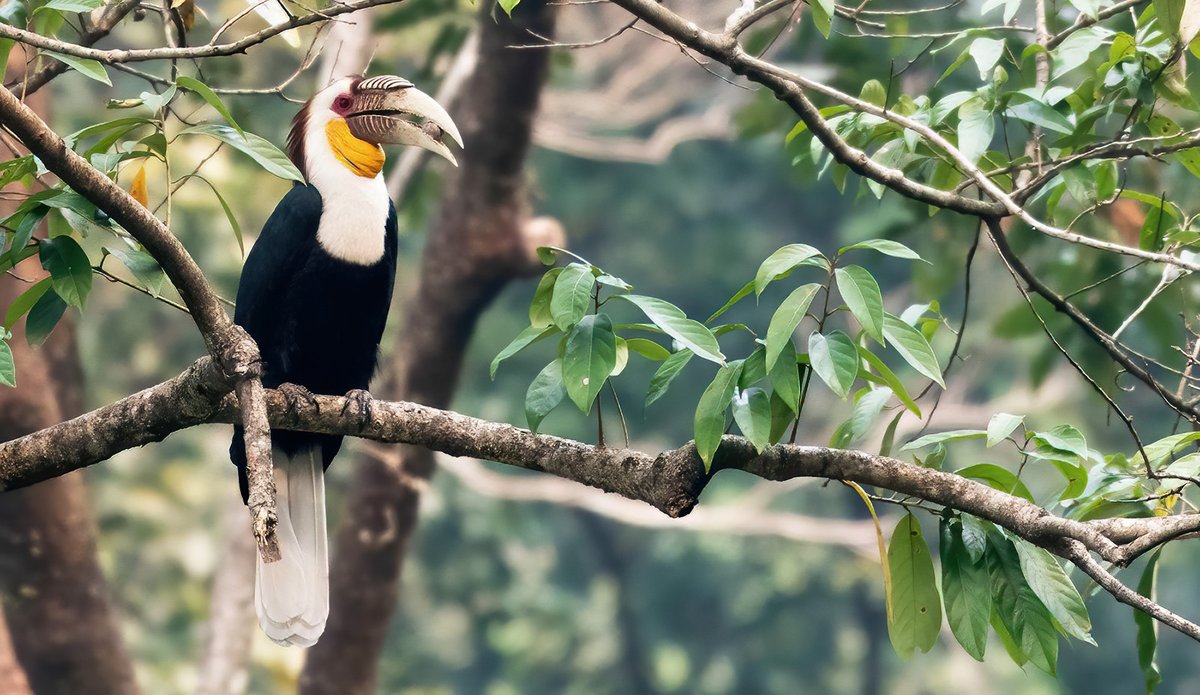
For example, #MalabarPiedHornbills are classified as #NearThreatened and the #NarcondamHornbills as #Endangered by the @IUCN. The #GreatHornbill is classified as #Vulnerable.
Great Hornbill
📷 Ramshesha N
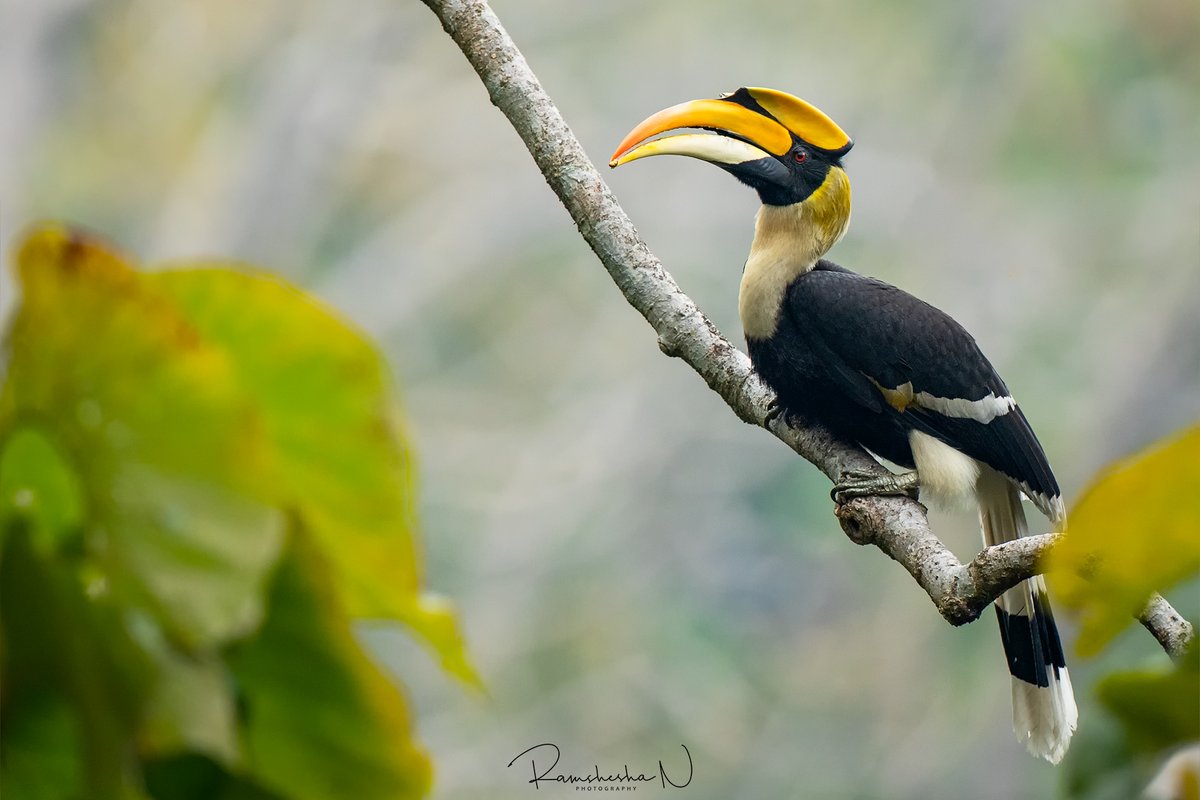
#Poaching is a huge threat for #hornbills as they are hunted down for their large casques. While the casque is hollow in other species, the #HelmetedHornbill has a solid casque and has been poached almost to #extinction.
Malabar Pied Hornbill
📷 Girish Prahalad
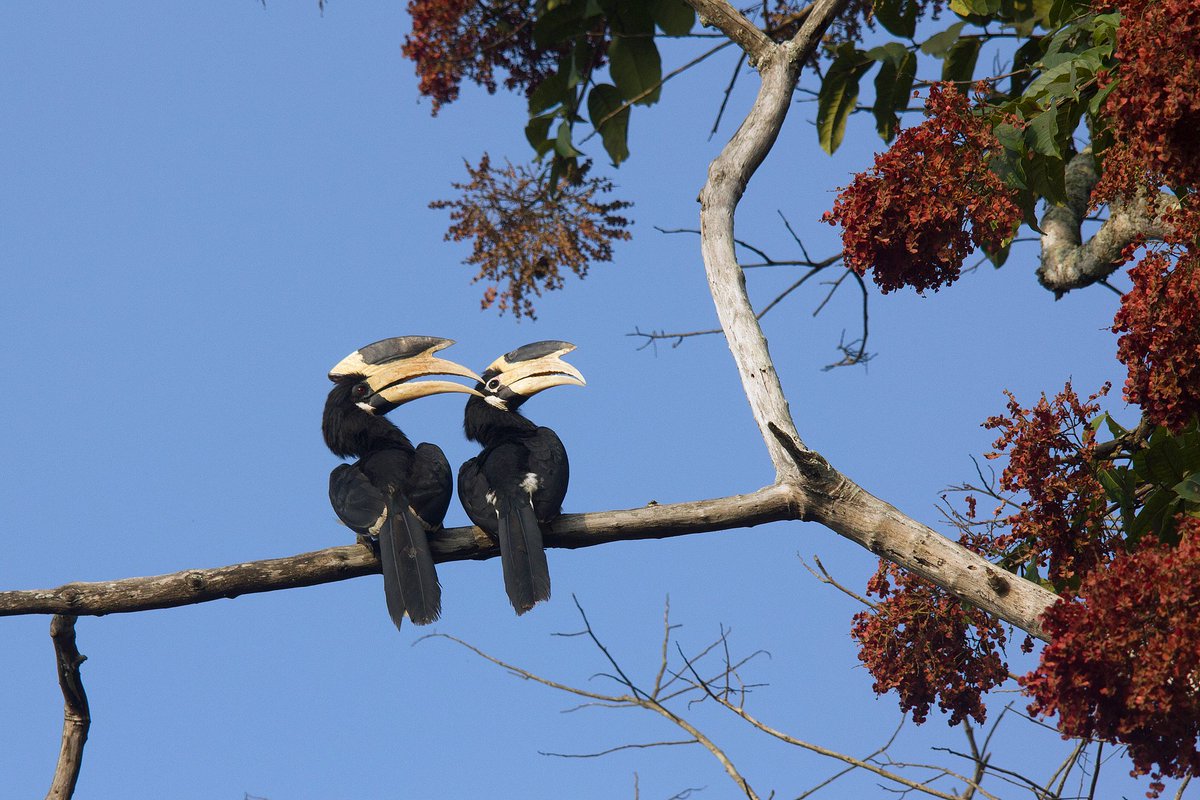
To conserve #hornbills, illegal and unregulated logging of large trees, and removal of old trees with cavities must stop. Loss of native #trees affects their nesting and diet, posing a significant threat to their survival.
Great Hornbills
📷 Siva Kumar
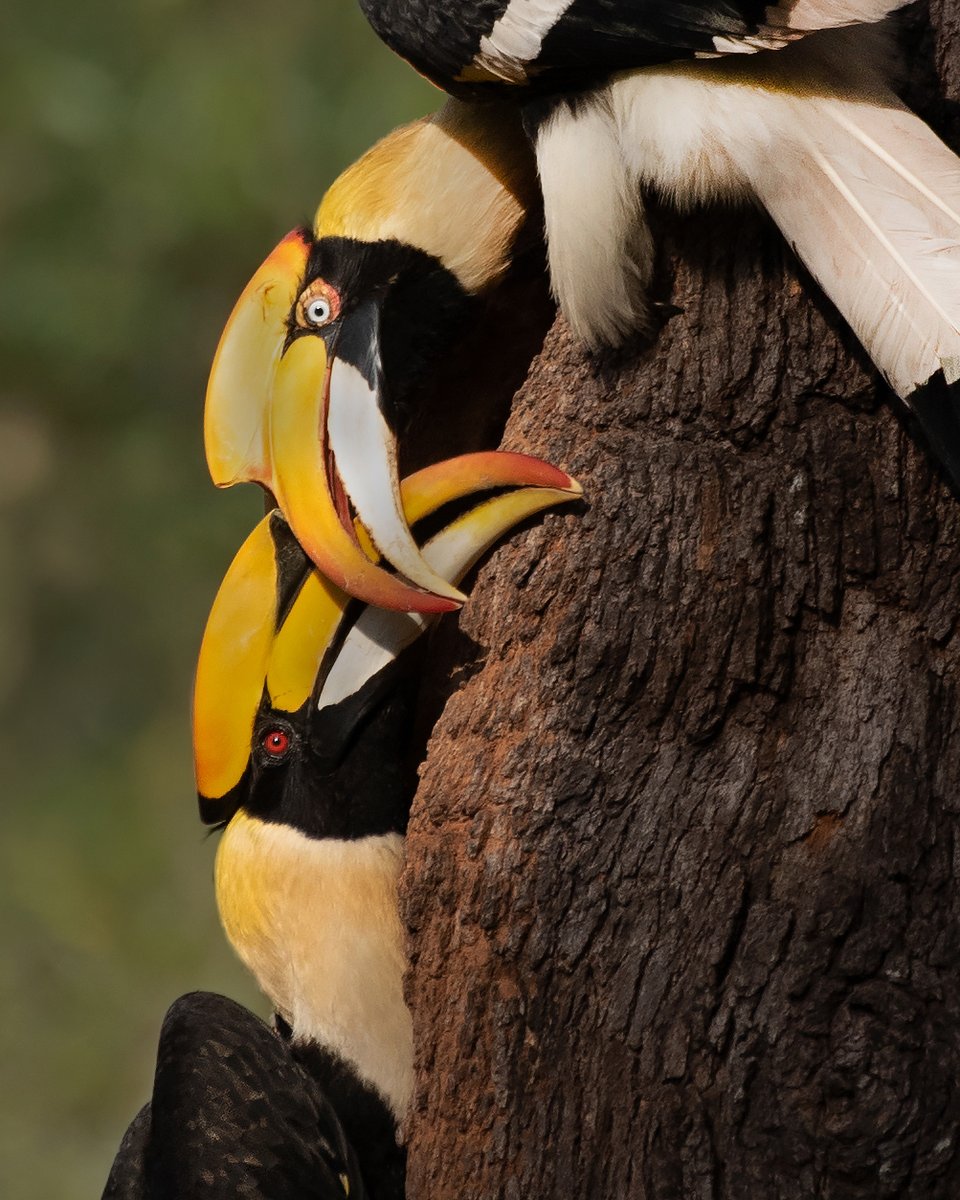
natureinfocus.in/nature-and-wil…
natureinfocus.in/indian-wildlif…
natureinfocus.in/indian-wildlif…
Rohit Naniwadekar of @ncfindia writes -
natureinfocus.in/indian-wildlif…


